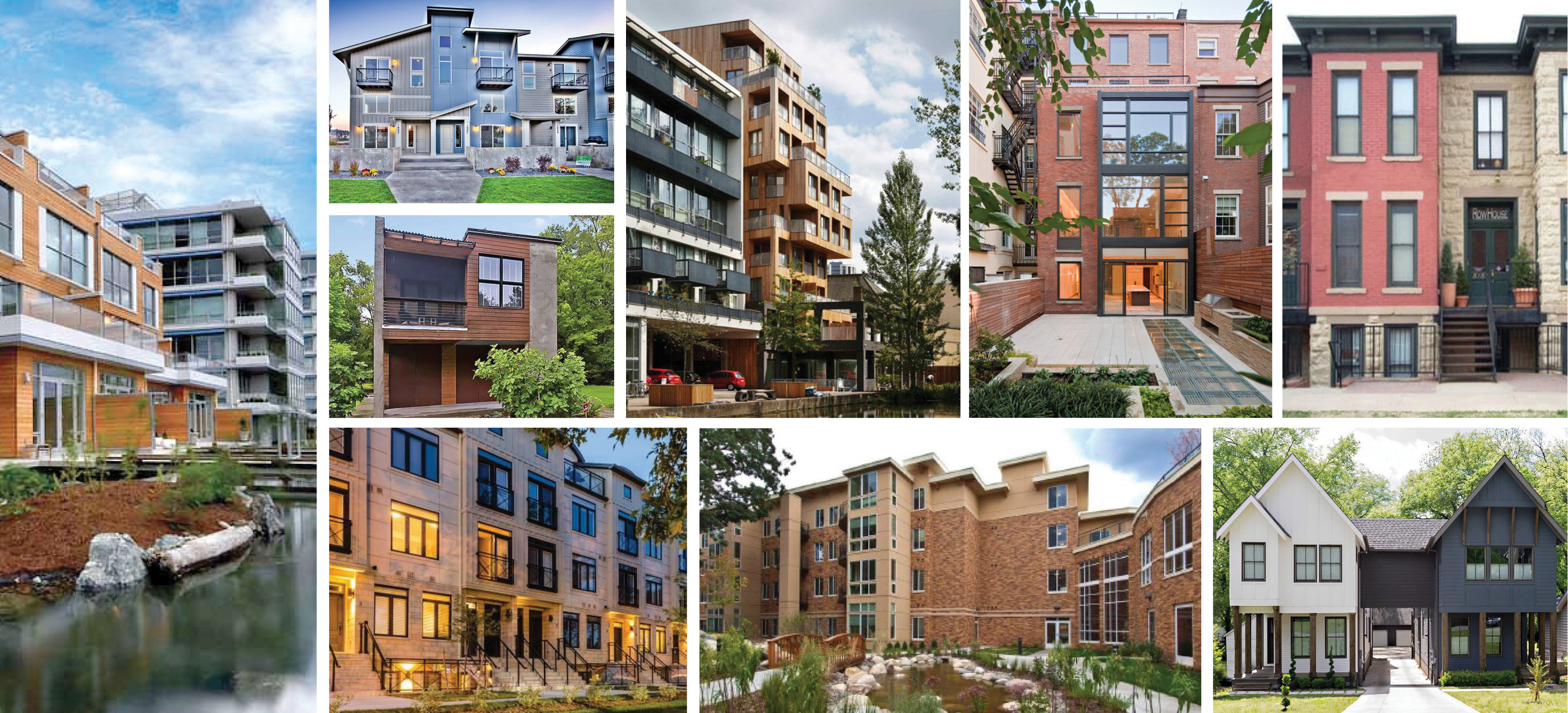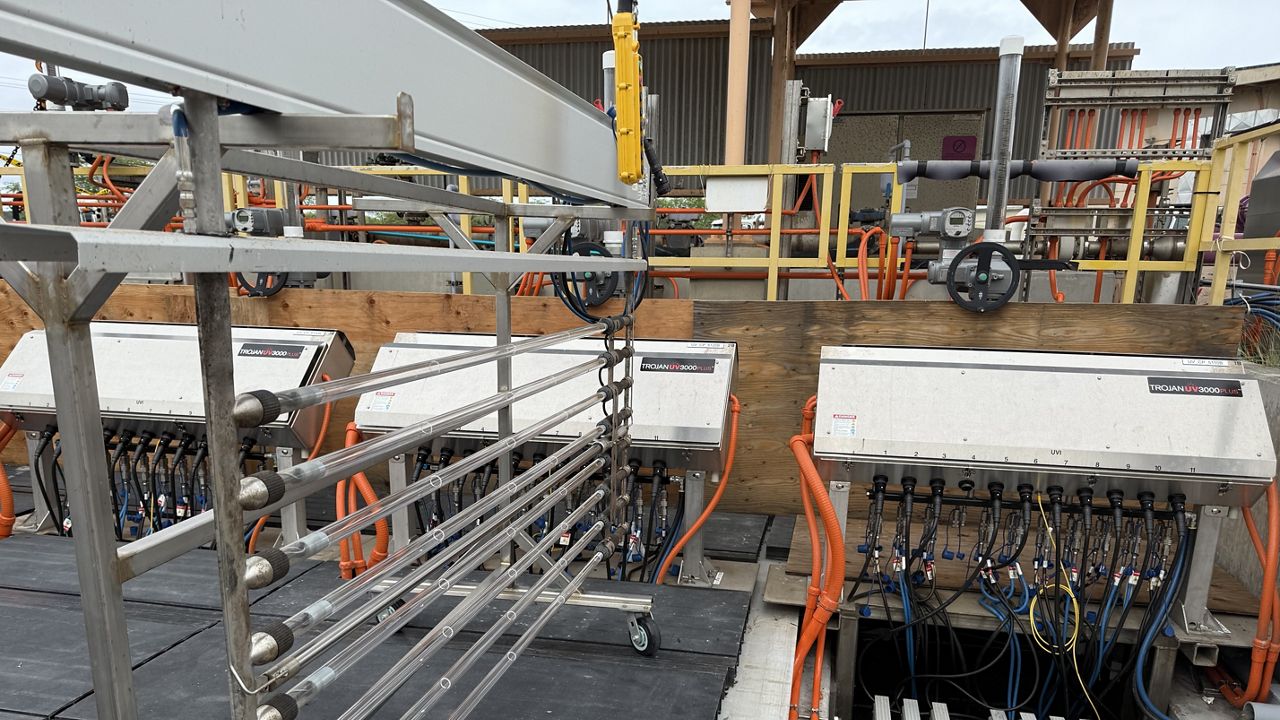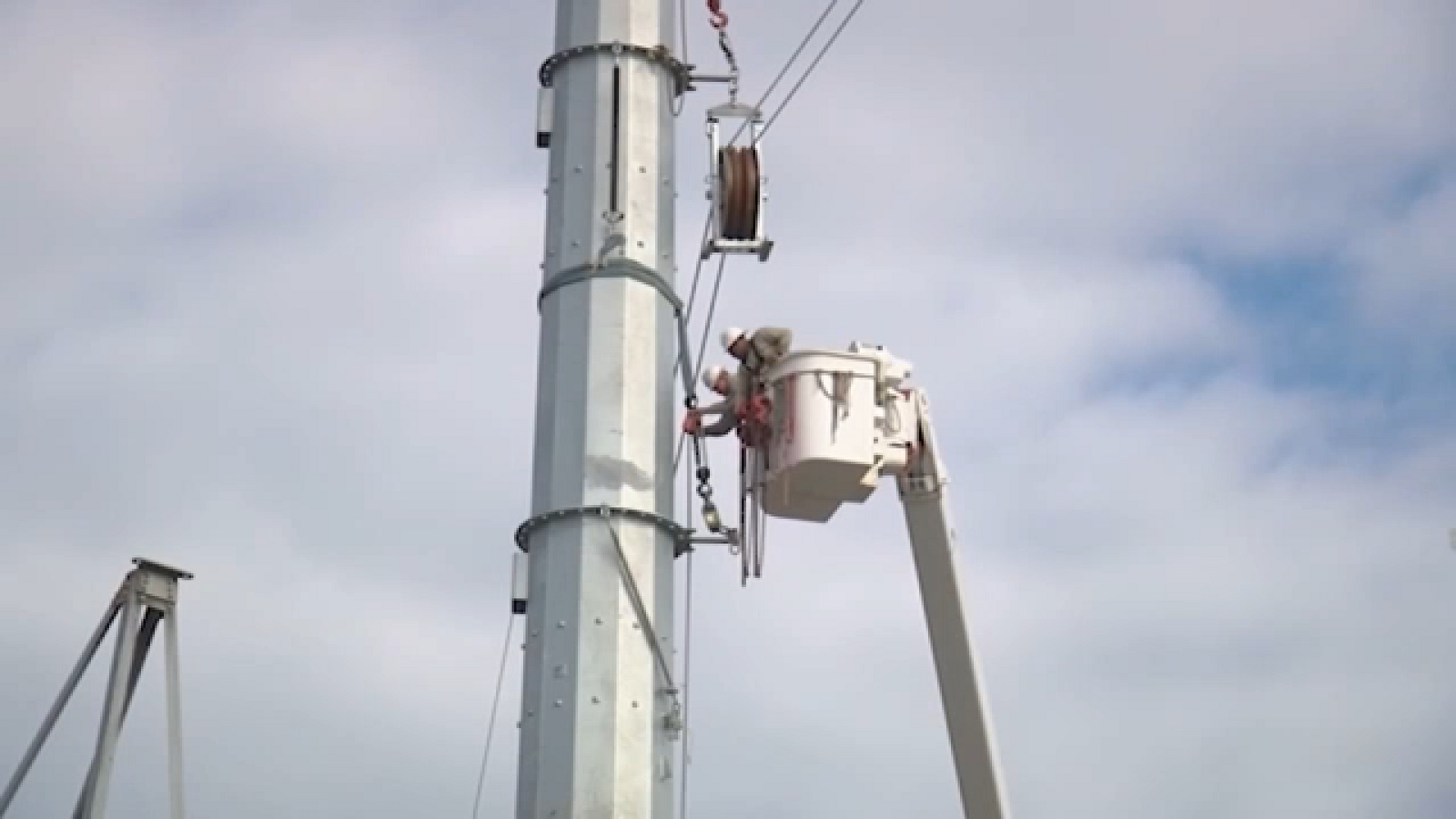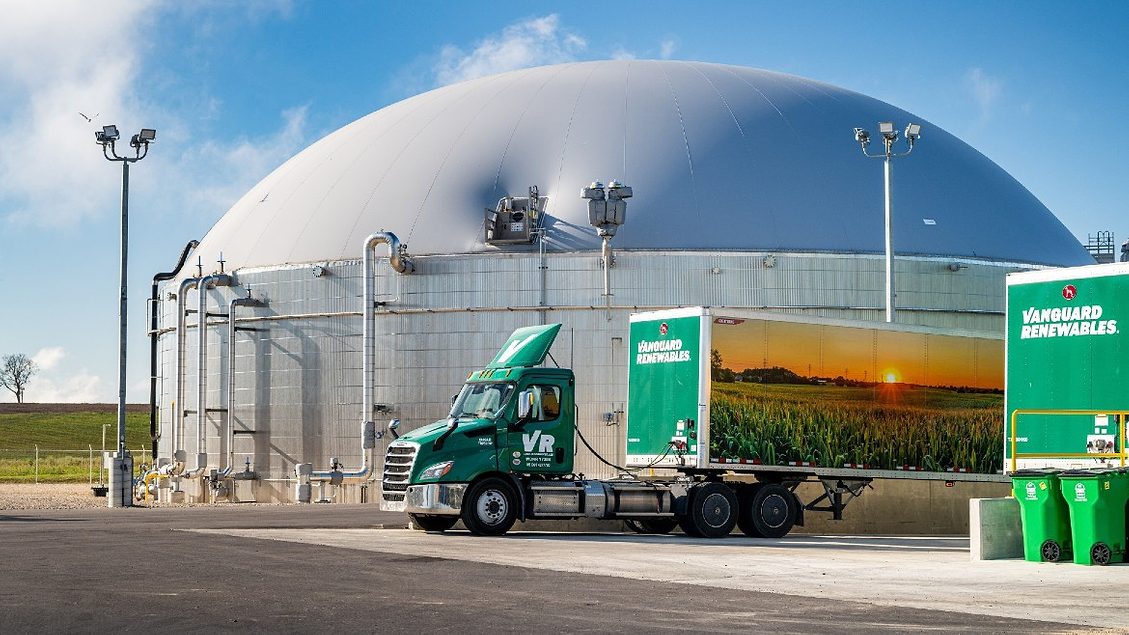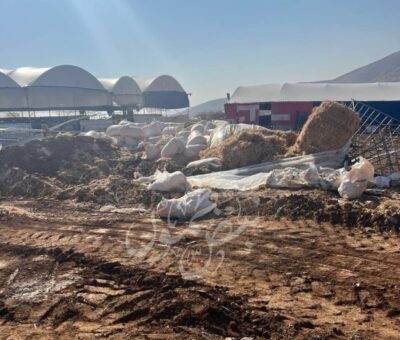Urban Social Ecological Technological Systems (SETS)
The article delves into the concept of resilience, particularly in the context of Social-Ecological-Technological Systems (SETS), driven by the escalating occurrence of adverse events and the looming effects of climate change. It explores the evolution of resilience concepts, emphasizing the need for an integrated approach that encompasses social, ecological, economic, and technological dimensions of resilience. The study aims to clarify the theoretical basis and principles of SETS resilience, a relatively new and less-studied facet of resilience. It provides an overview of the reviewed publications on SETS resilience, noting that the concept has gained prominence in recent years, primarily through qualitative research, with a geographic focus on the United States. The article underscores the interconnectedness between social, ecological, and technological systems and the importance of systemic approaches to tackle climate-related challenges and adverse events. The study concludes by summarizing key findings and suggesting priority areas for further research in SETS resilience.

Introduction
Resilience has been a buzzword in research and policy circles for over two decades. This is unsurprising given the increasing trends of adverse events and the projected increase in their frequency and intensity due to climate change. The field of resilience is constantly evolving, and various concepts such as ‘engineering resilience’, ‘ecological resilience’, ‘social resilience’, and ‘community resilience’ have been introduced over time (Cinner & Barnes, 2019; Donagh Horgan & Dimitrijević, 2018; Kang, Bowman, Hannibal, Woodruff & Portney, 2023; Pickett, McGrath, Cadenasso & Felson, 2014). Further, there has been a growing recognition of the need for integrated approaches across multiple social, ecological, economic, and technological domains of resilience (Ahlborg, Ruiz-Mercado, Molander & Masera, 2019; Cabezas, Pawlowski, Mayer & Hoagland, 2004; Chang et al., 2021; Holling, 2001; Wang, Wang, Chen & Liu, 2022). In particular, considering the complex interlinkages between humans and natural ecosystems, much work has been done on social-ecological resilience (Anderies, Janssen & Ostrom, 2004; Holling, 2001; Ostrom, 2009; Ramaswami et al., 2012; Turner et al., 2022; Xiang, 2019). This entails a systemic approach acknowledging that social and ecological systems co-evolve, and socio-ecological resilience is more than the sum of social and ecological resilience (Cucuzza, Stoll & Leslie, 2020; de Vos, Biggs & Preiser, 2019). Such systemic approaches can be further expanded to integrate other domains and dimensions of resilience. For instance, Li, Dong and Liu (2020) mentioned the need to include the economic dimension and emphasized that coupled interactions across various social, economic, and ecological systems should be considered. The importance of integrating the economic dimension has also been emphasized in other studies (Hirt & Campbell, 2023, Wang et al., 2022). Similarly, it is argued that social-ecological resilience cannot be disentangled from the ever-evolving technological world (McPhearson et al., 2022). On the one hand, technological advances could pose risks to human and ecological systems and exacerbate vulnerabilities. On the other hand, wellmanaged disruptive technologies could offer solutions to enhance resilience to multiple socioeconomic and ecological hazards and stressors and help avoid crossing tipping points. Accordingly, the resilience of Social-Ecological-Technological Systems (SETS) has gained traction. While this concept is now used frequently, it is not properly understood, and there is still a lack of clarity on what it means and its underpinning principles. This lack of clarity and understanding may confuse and even disorient researchers and policy makers.
Against this background, this study aims to synthesize information reported in the literature to better understand the theoretical basis and underpinning principles of SETS resilience. While we acknowledge that there is a long history of research on various aspects of resilience (e.g., socio-ecological and ecological-social-economical), we focus on SETS because it is a relatively new strand of resilience that has been relatively less studied. By focusing on SETS, we do not intend to overemphasize the role of technology in enhancing urban resilience. In fact, we acknowledge that technologically deterministic approaches may cause inequality issues, lead to a false sense of security, and increase vulnerabilities in the long run (Eubanks, 2017; Kaika, 2017). Therefore, holistic approaches that consider the needs of different stakeholders, recognize interlinkages between multiple dimensions (i.e., social, economic, ecological, and technological), and facilitate social learning and transformation are essential (Cretney & Bond, 2014; Pickett, Cadenasso & Grove, 2004). As will be discussed later, these are key components of SETS resilience.
The following questions guide this scoping review: What are the general characteristics of research on SETS? How is socio-ecological-technological resilience defined in literature? What are the underlying characteristics (principles) of social-ecological-technological resilience? What are the key components of SETS, and how are they intertwined? and What potential trade-offs may emerge between different components of SETS and how can be dealt with?
The remainder of this paper is structured as follows. Review materials and methods are explained in Section 2. The review findings are synthesized and reported in Section 3. Finally, Section 4 concludes the study by highlighting the main findings and recommending priority research areas.
What is Your Reaction?
 Like
1
Like
1
 Dislike
0
Dislike
0
 Love
0
Love
0
 Funny
0
Funny
0
 Angry
0
Angry
0
 Sad
0
Sad
0
 Wow
0
Wow
0

